Standing knee-deep in Menemsha Pond on an early August morning, Bret Stearns opened the top of a large floating cage, reached in and pulled out a handful of wild scallops.
Nine other cages, each the size of a large bathtub, were scattered around the pond. Keeping the adult scallops together in one place while they spawn enhances their success rate, said Mr. Stearns, director of natural resources for the Wampanoag Tribe of Gay Head (Aquinnah).
“We are going to release these guys because they have already spawned,” he said. In the coming weeks, the new scallops will attach to eelgrass beds and the cycle will begin again.
Other workers for the tribe have been busy this summer seeding the pond with thousands of young hatchery-born scallops to supplement the wild harvest.
It was a similar sight on many of the Island saltwater ponds, from Aquinnah to Edgartown, and on Vineyard and Nantucket sounds to the north. About 20 million cultured scallops, distributed by the Martha’s Vineyard Shellfish Group, will help keep the inshore fisheries going for another year.
Island ponds mean different things to different people. For the Wampanoag tribe they are a connection to thousands of years of cultural heritage. Island fishermen depend on the ponds for their livelihood. Visitors flock to their shores in the summer, and real estate companies and homeowners benefit from their beauty and seclusion.
The beauty of the ponds is a big part of why visitors return the Vineyard year after year. Many people cherish the ponds, although their economic value is hard to quantify.
The Island’s 15 major estuaries, along with about a dozen smaller ponds, have long been a cornerstone of Island culture. But housing booms and land-use changes over the decades have altered their composition, threatening to undo a delicate balance between people and the environment.
The problem, at least, is clear: Too much nitrogen from septic systems creates an overload of nutrients entering the ponds. The resulting algae blooms consume oxygen and prevent sunlight from reaching aquatic plants at the bottom. When the plants die, so do the shellfish and other organisms that depend on them for food and habitat.
Eutrophication, as it’s called, can turn a thriving pond into a virtual dead zone, as it has on Cape Cod, where many of the ponds are severely degraded, largely due to widespread development.
On the Vineyard, declining shellfish yields at least since the 1970s, and an array of reports and warnings from the scientific community seem to have reached enough ears for Island towns and organizations to finally be taking major steps to protect the ponds. But the future is far from certain.
The Island’s coastal ponds are at least as old the Island itself. Around 20,000 years ago, the Wisconsinan glacier, which had advanced from the north, began to melt, creating valleys with rivers flowing to the south. (Dips in the road between Chilmark and Edgartown still indicate where those rivers once flowed.) As the glacier continued to melt, the sea level rose, creating barrier beaches that impounded the meltwater.
The ice sheet moved slowly, in a series of small advances and retreats, scouring out pockets in the earth that later filled in with meltwater. That process formed the north shore ponds, which are geologically and ecologically distinct from their south shore neighbors.
A unique balance of natural and manmade conditions affect each pond. As a result of more permeable soil along the south shore, the Great Ponds receive more groundwater. That, and the fact that they are closed to the ocean for much of the year, makes them more susceptible to nitrogen from septic tanks.
On the north shore, where there is more clay, the ponds receive a greater proportion of their nutrients from runoff. But in both cases, the primary threat is nitrogen. And more development around Oak Bluffs and Vineyard Haven harbors over the years means more nitrogen around those ponds.
European settlers began breaching the ponds in the 1600s to create habitat for fish and shellfish. Today managed by town shellfish departments, the breachings still continue throughout the year, flushing out silt and pollutants and allowing the mixing of saltwater and freshwater.
During a typical breach in Tisbury Great Pond, about 900 million gallons of water rush into the ocean each day. Eventually there is a free exchange of seawater and freshwater. After a few weeks, the cut usually closes as sand carried east by the ocean currents rebuilds the barrier beach.
“Some people would say that you shouldn’t fool around with Mother Nature,” said Chris Kennedy, director of the Trustees of Reservations, which manages the Tisbury Great Pond property and others around the Island. “But we have seen over the years that it’s a great, successful process.”
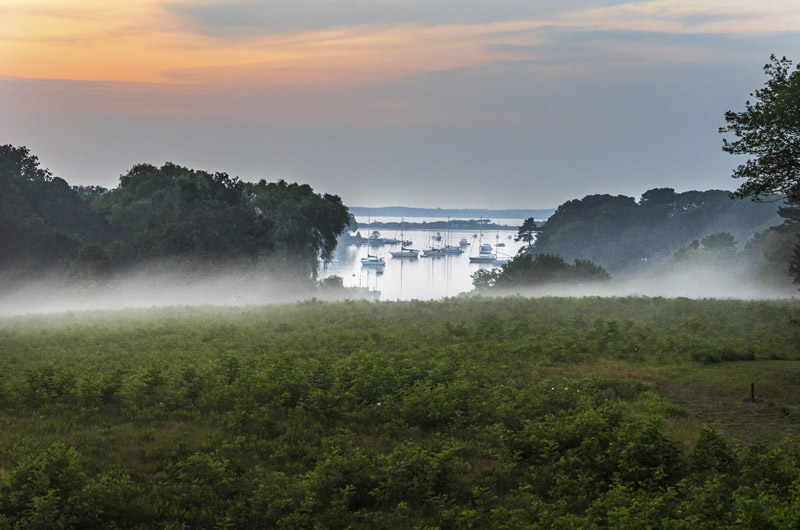
Most of the north shore ponds have been permanently opened to support fisheries. But Mr. Kennedy believed the periodic breaches were at least partly why the ponds here are in such better shape than those on the Cape. “By artificially opening and allowing them to close, it’s a closer mirror to what nature actually does,” he said. He added that most of the Great Ponds are healthier than those on the north shore.
The ponds with the best openings have the best chance, said Jo-Ann Taylor, coastal resource planner at the Martha’s Vineyard Commission, which is working with towns on long-term solutions to the nitrogen problem.
Island ponds are in relatively good condition, Mr. Kennedy said. “But they are on the edge.” He credited efforts by the Martha’s Vineyard Land Bank, Sheriff’s Meadow Foundation and other groups that acquire land for conservation. “It’s the fact that that land is not developed that has really saved our coastal salt ponds in many respects,” he said.
But some paint a more troubling picture. Fifty years ago, shellfish harvests on the Vineyard, as well as on the Cape and Long Island, were perhaps twice what they are today, said shellfish group director Rick Karney. “It’s a loss of habitat probably more than anything else, and pollution issues,” he said.
Lagoon Pond is widely considered the most problematic, he said, due to its poor circulation and denser development. Like other north shore ponds, it is permanently opened, but the opening is relatively small. At the other end of the spectrum, Cape Pogue on Chappaquiddick has almost no development, but excellent circulation. It is often hailed as having the best water quality and shellfish harvests on the Island.
“It’s those plankton blooms that really hurt the salt ponds the most,” Mr. Kennedy said, noting the effects of nitrogen on dissolved oxygen and sunlight. But he added: “When we talk about water quality of the coastal ponds, it’s very easy to quantify it by looking at some of these indicators.”
Most ponds on the Cape and Islands have been closely studied by the Massachusetts Estuaries Project (MEP), a long-term partnership between the Department of Environmental Protection and the University of Massachusetts. Paid for by towns and the state, the reports provide exhaustive analyses of each pond, and a recommended daily limit for nitrogen.
“Estuaries are nursery grounds,” said MEP director Brian Howes, and the key species is eelgrass. “If you can restore eelgrass beds in a basin, even if the eelgrass beds are only in one area of the basin, typically you have improved the water quality in that whole basin.”
Eelgrass supports a variety of pond organisms, including scallops, which attach to the stalks as juveniles. It also aids in sedimentation and can act as a buffer for waves. Eelgrass and clear water go hand in hand. Most ponds here still have some eelgrass, Mr. Howes said, “which is not typical of off-Island estuaries in the region.”
On the Cape, he said, there is literally none. “It’s been gone for awhile.”
Vineyard ponds are experiencing a range of impairment, from moderate to severe, according to the MEP. As might be expected, eelgrass is more abundant in the northern and eastern ponds, which are more open, and less abundant to the south and west.
In some cases, the solutions are relatively straightforward. In Oak Bluffs, the installation of two eight-foot culverts in Farm Pond, a smaller estuary to the east of the Lagoon, is expected to improve flushing and achieve the MEP nitrogen threshold. But for the Lagoon, with poor circulation and denser development, sewering may be unavoidable.
The MEP recommends a nitrogen limit of .35 milligrams per liter in the Lagoon, a reduction of about 35 per cent. Town officials in Tisbury and Oak Bluffs believe that will require decades of work and millions of dollars to achieve. But the two towns have already taken significant steps in that direction, forming the Island’s first joint watershed committee and designating a shared watershed district for future planning and regulatory purposes.
Meanwhile, the MEP’s contract with the state has been renewed for another year, and only a few estuaries remain to be studied. Mr. Howes said that all of the data has been collected for Menemsha Pond and several ponds in Edgartown, including Cape Pogue. He hoped to complete the report for Menemsha Pond this summer.
Just as eelgrass indicates a pond’s health, shellfish harvests can help indicate its economic value, which is perhaps a more elusive target.
Based on recent wholesale values, the Island’s total scallop harvest in 2013 would be worth more than $1 million. Taking into account the flow of money through the economy, the total value would be well over $3 million. The entire wild-caught commercial harvest in Edgartown alone was worth about $1.2 million in 2014. In addition, oyster farms in Edgartown accounted for about $1.7 million.
While those numbers do not reflect the full range of benefits the ponds offer, shellfish revenue may be the most concrete measure of their value.
Real estate prices can provide another measure.
The quality of a waterfront view “has everything to do with property valuation,” said Tom Wallace, principal broker at Wallace and Co. Sotheby’s International, which has worked extensively with Great Pond properties on the Vineyard. Conversely, he said, declining water quality would almost certainly lower property values.

Conservation efforts have greatly limited new development in the Great Ponds area, Mr. Wallace said. “That’s part of its appeal.”
He said real estate companies here have a stake in both the quality of life and the quality of land preservation. He added that brokers more than two decades ago largely backed the formation of the Martha’s Vineyard Land Bank, which collects a two per-cent fee on most real estate transactions for the purpose of acquiring land.
“I think there is a longstanding track record of: We’d like to live here first and make a living second,” said Mr. Wallace, who is president of the Edgartown Great Pond Foundation. He praised ongoing efforts by towns and conservation groups to protect Island resources. “I think there is a broad collaborative of supporters,” he said.
Vineyard boards of health this year established Islandwide fertilizer regulations to reduce runoff into the ponds and harbors. But the larger problem of septic tanks may require a number of simultaneous solutions. Oak Bluffs and Tisbury are already working together to identify potential areas for sewering around the Lagoon.
“We are at a tipping point,” said Megan Ottens-Sargent, president of the Water Alliance, a network of town officials, planners and water resource experts. “And very exciting things have happened on a smaller scale with regard to stakeholders getting involved.” She noted that sewering would likely not work in less densely populated areas, but emphasized the need for Islandwide support for projects in order to secure state funding.
Mr. Kennedy agreed that collaboration was the key. He noted that the Conservation Partnership of Martha’s Vineyard, which formed in 1997 for the purpose of acquiring land before it is too late, was unique in the region. The partnership includes the Trustees, the land bank, the Sheriff’s Meadow Foundation, Vineyard Conservation Society and The Nature Conservancy.
“It is still one of the shining examples,” he said of the Vineyard conservation movement. “We get much more done by working together than working at odds. And we learned that early on.”
This is the first part in a series.


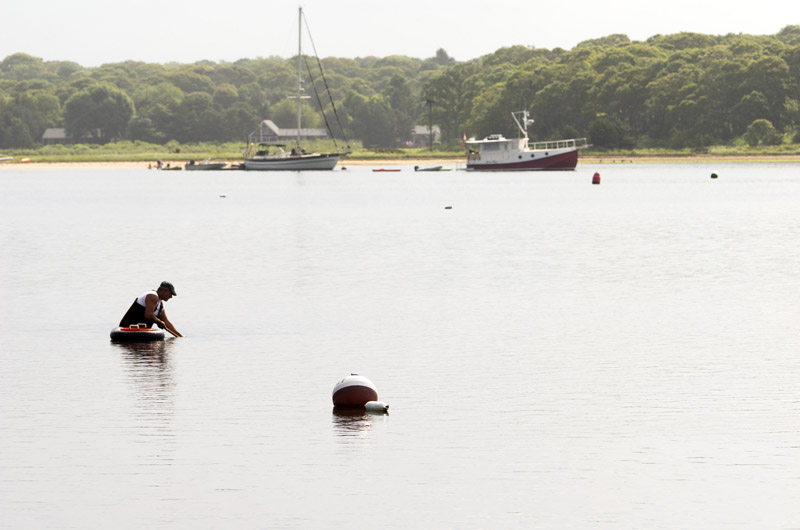

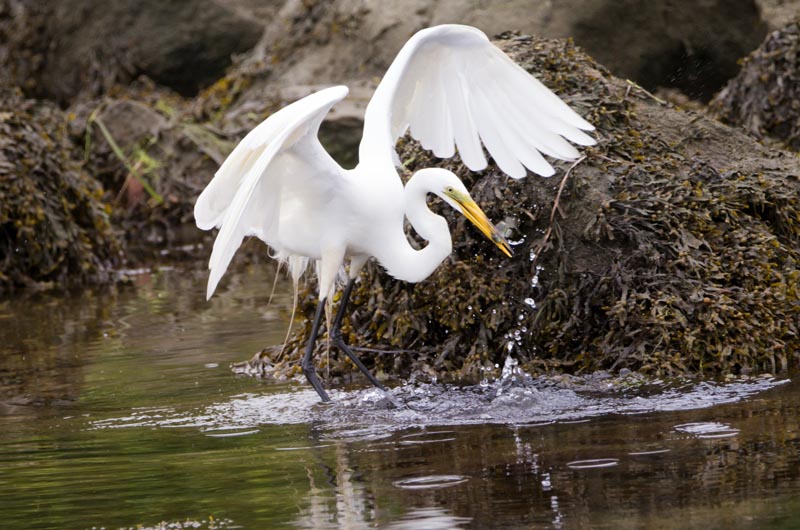


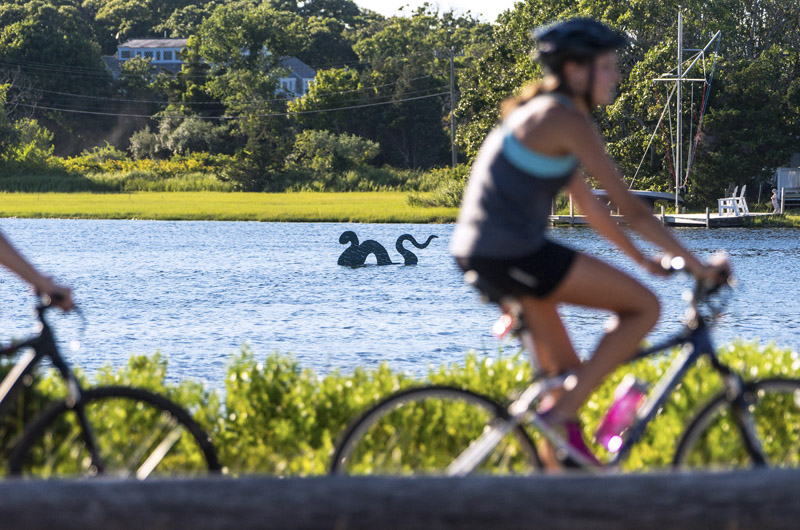

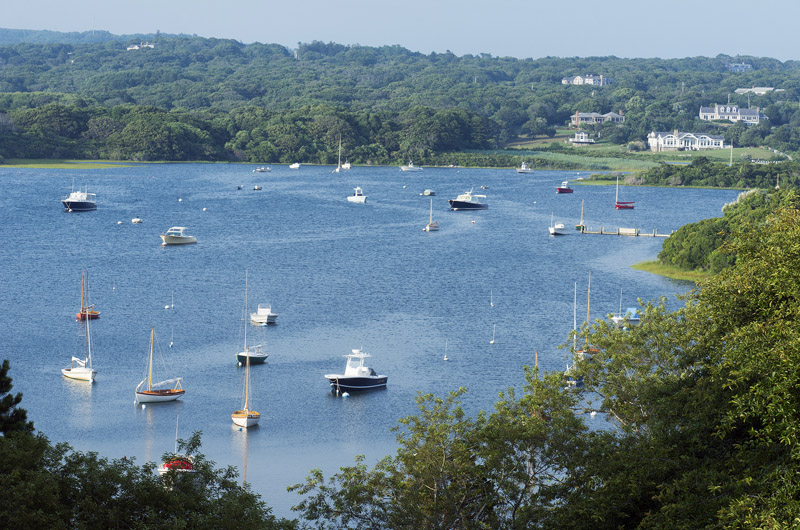




Comments (6)
Comments
Comment policy »